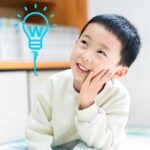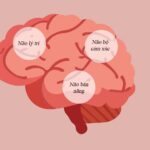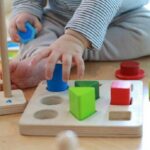Many parents believe that academic excellence is the key to their children’s future success. However, they often find themselves asking, “Why is my child’s memory deteriorating, and why can’t they focus?”
This reveals a significant misunderstanding in modern education, where we focus on imparting knowledge without considering the activation of the brain’s “operating system” at its most fundamental level.
Cramming knowledge without regard for holistic development can lead to overload, causing children to feel pressured and unmotivated. Research shows that children’s brains need stimulation through the following four tools.
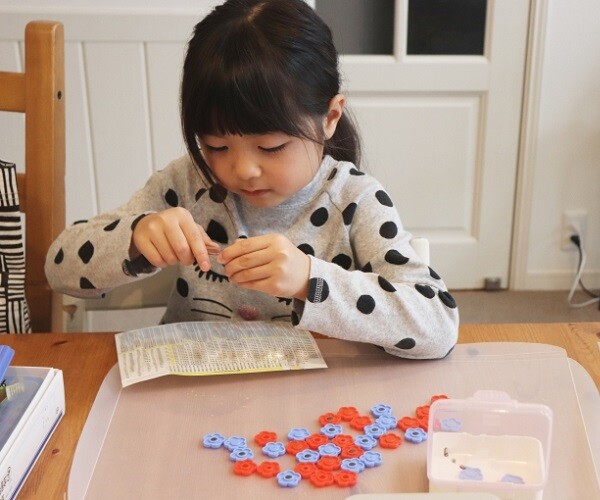

Physical Exercise: Installing a “Super Brain Booster”
Neuroscientific research has discovered that the brain releases BDNF (Brain-Derived Neurotrophic Factor) during physical exercise.
This can promote the growth of hippocampal neurons, akin to installing a turbocharger in the memory center. An experiment with non-stop physical education conducted at a Chicago middle school showed that students who exercised before classes each day improved their reading comprehension by 17%.
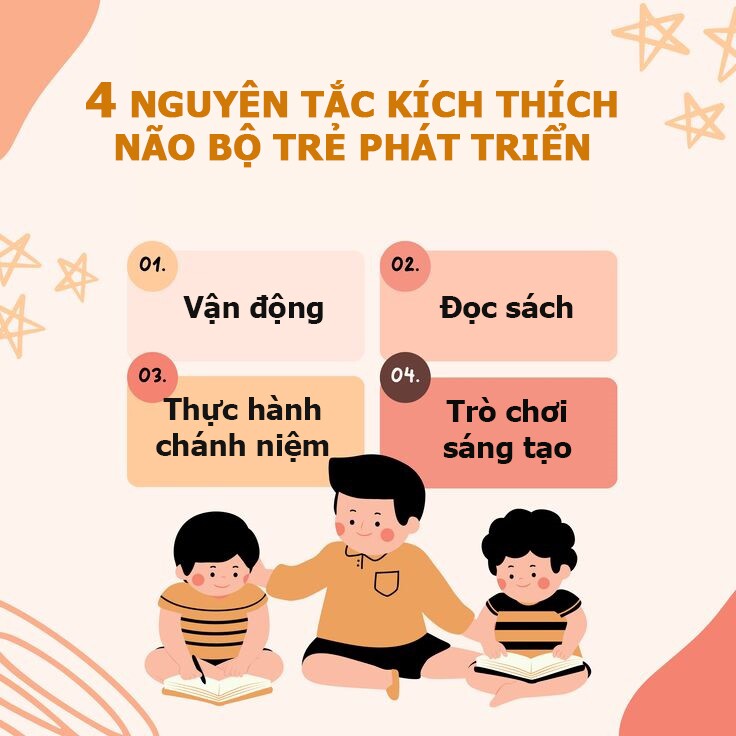
Image source: Pinterest.
Xiaoyu, a 10-year-old boy diagnosed with attention deficit disorder, underwent psychological intervention, where experts didn’t rush to adjust his cognition but instead increased his daily rock climbing practice by 40 minutes.
Three months later, he could focus and complete the climbing challenge, and his grades improved from C to A. His mother was astonished to find that “My son started observing the structure of the rocks, calculating the points with his fingers.”
John Reddy, a professor at the Harvard Medical School, emphasized that “Exercise is not the opposite of studying; it is the brain activator.” When children balance their bodies on a bar, their prefrontal cortex undergoes high-intensity attention training, which is far more effective than sitting at a desk and repeating rote memorization.
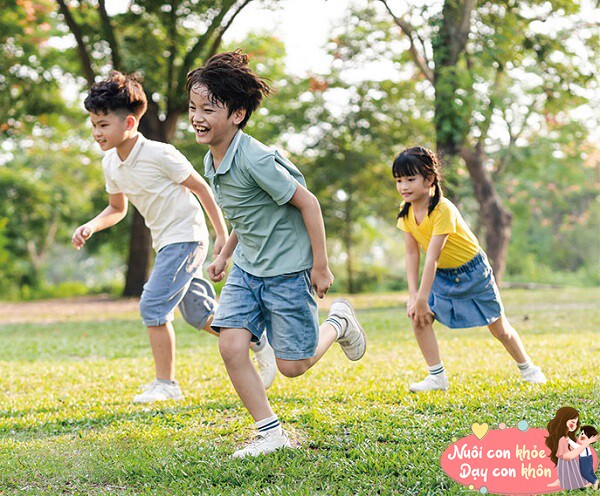
Regular physical activity helps children develop better brains.

Reading: Constructing the Brain’s “Neural Highway”
Neuroimaging studies of individuals reading books revealed that multiple brain regions formed a dense network of connections, akin to creating a superhighway through a wilderness. A Stanford University study also confirmed that avid readers have more developed white matter tracts in their brains. This “information superhighway” can increase thinking speed by 40%.
Duoduo, a 7-year-old boy who underwent treatment for language development issues, had a daily routine that included 30 minutes of reading with his parents, which was the most important part of his intervention plan.

Avid readers have more developed white matter tracts in their brains.
When Duoduo’s mother imitated a fox in a comic book with exaggerated gestures, his eyes lit up. Six months later, his language skills caught up with his peers, and he could even creatively continue the story’s ending.
Cognitive scientist Marianne Wolf pointed out that “Reading is not an innate ability but a brain’s superpower.” When children worry about characters in a story, their mirror neuron systems simulate emotional experiences, and this empathy reshapes the prefrontal cortex’s connection patterns.

Mindfulness Practice: Installing an “Emotional Regulator”
Mindfulness training can enhance the ability of the prefrontal cortex to modulate the amygdala, similar to installing a “brake” in the emotional center. A University of California, Los Angeles study found that children who practiced mindfulness for 10 minutes daily had a 23% reduction in the stress hormone cortisol and a 15% increase in attentional networks activation.
Xiaoxuan, a 12-year-old boy who often suffered from test anxiety-induced stomachaches, was taught the “Rainbow Breathing Method” during a psychological counseling session.
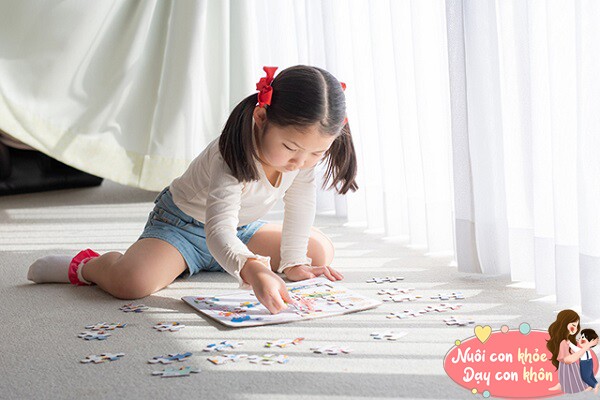
Mindfulness practice can enhance the ability of the prefrontal cortex to modulate the amygdala.
This method involves imagining inhaling rainbow light and exhaling it into the belly. Three months later, his stomachaches disappeared, and he performed exceptionally well in math competitions. Xiaoxuan shared, “Now, when I encounter a difficult math problem, I first observe the tension in my body. It’s like a cloud that will pass.”
Jon Kabat-Zinn, the founder of mindfulness-based stress reduction, emphasized that “Children are born masters of mindfulness, and our job is to protect this talent.” When children observe ants under a tree, their focused attention is the best mindfulness practice, and this ability will transform into a “flow state” when they study.

Creative Play: The Brain’s “Flexibility Gym”
During free play, the brain releases dopamine and endorphins, neurotransmitters that promote the “pruning” and “growth” of neural connections.
A follow-up study by the University of Minnesota found that children who engaged in free play for an hour daily scored 32% higher on creativity tests 20 years later.
Tangtang, an 8-year-old girl previously believed to have ADHD, built a magical forest in a sandpit game using shells, small trees, and dolls.
When asked, “What is the crowned snail doing?” she excitedly replied, “It’s teaching the butterflies how to find their way!” Three months later, her teacher reported that she had become more proactive in organizing group activities, and her leadership grade had improved from C to A.
Developmental psychologist Alison Gopnik used the metaphor of “The Gardener and the Carpenter,” stating that “Children are not pieces of wood to be carved but gardens to be watered.” When children assign roles during pretend play, they are actually training their prefrontal cortex’s decision-making system, and this exercise is more effective than any leadership course.
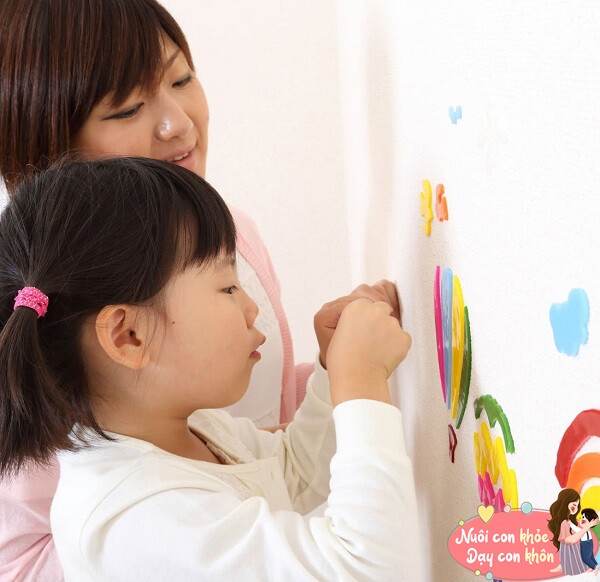
Free play releases dopamine and endorphins in the brain.
Brain activation is not a single breakthrough but a process of constructing a three-dimensional network of movement, cognition, and emotion.
Like a symphony orchestra, the violin (movement) sets the rhythm, the cello (music reading) creates the melody, the flute (mindfulness) adds motion, and the bass drum (play) brings power. When these four instruments harmonize, a child’s brain can play the most moving developmental symphony.
Next time your child is focused on observing ants, refrain from rushing them with a “hurry up,” as their brain might be constructing a neural superhighway. And when they build castles with Legos, avoid complaining about the mess, as it could be shaping their future creativity genes.
True education is about preserving children’s innate brain activity, learning through play, and developing through experience.

























